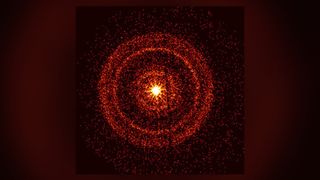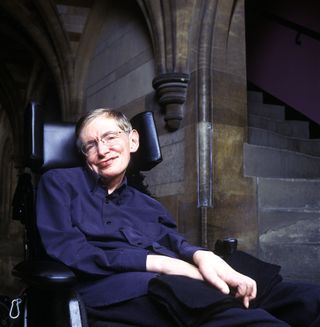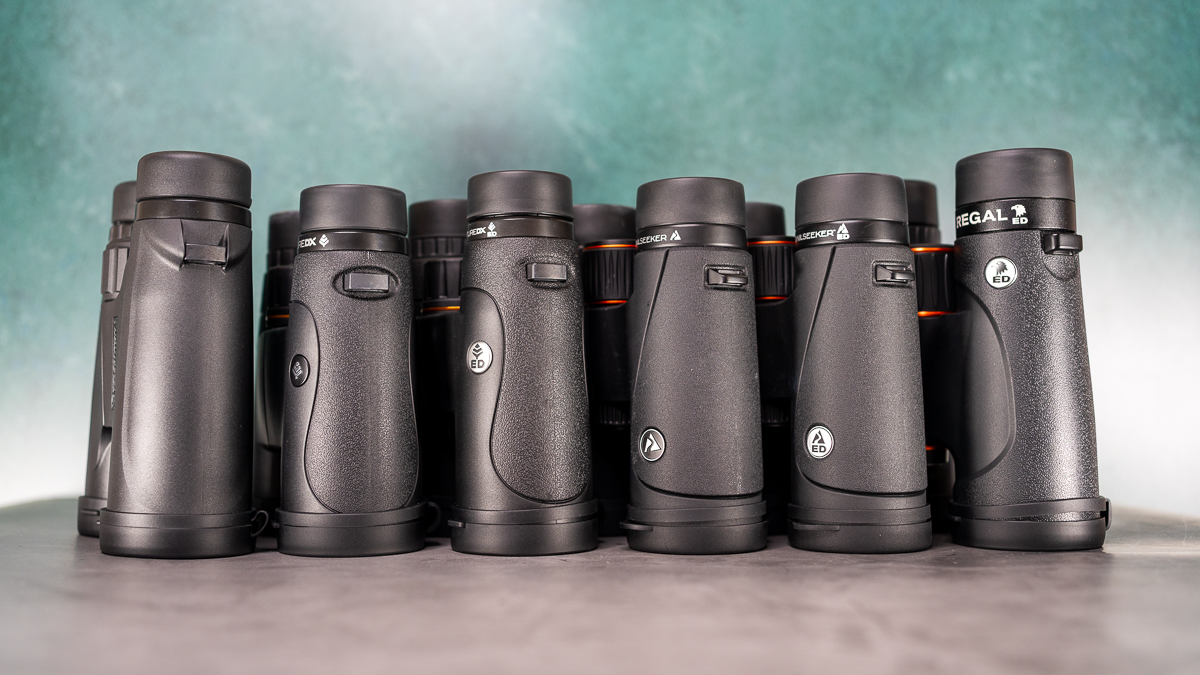big bang
Latest about big bang
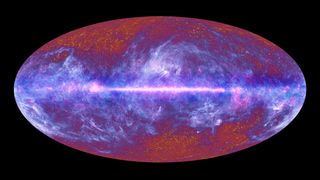
The universe might be shaped like a doughnut, not like a pancake, new research suggests
By Paul Sutter published
The universe may be flat, but could still be shaped like a doughnut, weird patterns in leftover light from the Big Bang suggest.
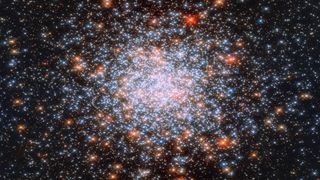
Dark energy could lead to a second (and third, and fourth) Big Bang, new research suggests
By Paul Sutter published
Scientists have proposed a way that the universe could stop expanding, ending in a 'Big Crunch' that resets space and time as we know it.
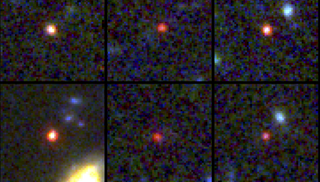
James Webb Telescope spots galaxies from the dawn of time that are so massive they 'shouldn't exist'
By Ben Turner published
The James Webb Space Telescope spotted six gigantic galaxies, each roughly the size of our own Milky Way, that formed at a bafflingly fast pace — taking shape just 500 million years after the Big Bang.
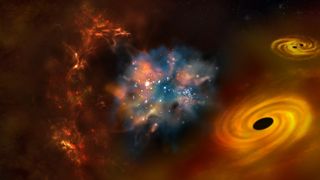
The early universe was crammed with stars 10,000 times the size of our sun, new study suggests
By Paul Sutter published
When the universe's first stars emerged from the cosmic dark ages, they ballooned to 10,000 times the mass of Earth's sun, new research suggests.
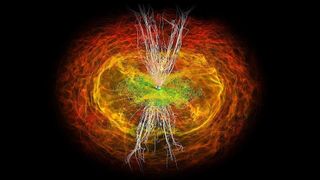
Physicists want to use gravitational waves to 'see' the beginning of time
By Andrey Feldman published
Gravitational waves are ripples in the fabric of space. Waves that originated in the early universe could carry important information about the phenomena that occurred there.
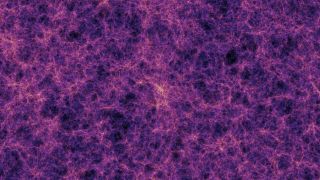
New map of the universe's matter reveals a possible hole in our understanding of the cosmos
By Ben Turner published
The cosmic web is a gigantic network of crisscrossing celestial superhighways that connects nearly everything in the universe.
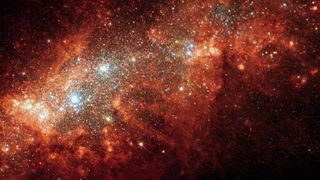
How was the universe created?
By Paul Sutter published
Short answer: We don't really know how the universe was created, though most astrophysicists believe it started with the Big Bang.
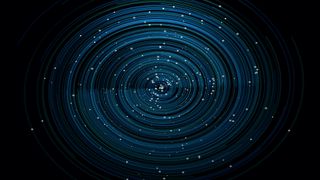
What is the shape of the universe?
By Elizabeth Rayne published
The universe may be vast, but researchers have multiple points of evidence that reveal its shape.
Get the world’s most fascinating discoveries delivered straight to your inbox.


